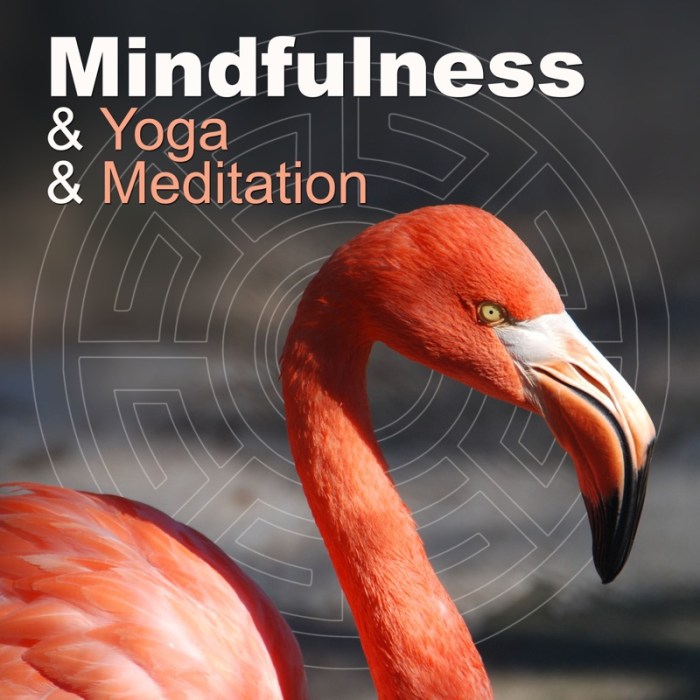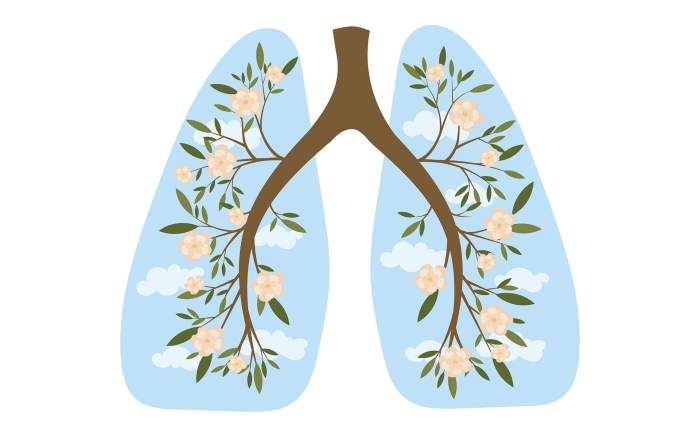4 Breathing Techniques to Deepen Your Meditation will take your zen game to the next level, showing you how to chill out and focus like a boss. Get ready to breathe easy and meditate like a pro!
Let’s dive into the world of deep breathing and meditation techniques that will help you find your inner peace amidst the chaos of everyday life.
Introduction to Breathing Techniques

Breathing techniques are specific methods used during meditation to regulate and control the breath. These techniques involve focusing on the inhalation and exhalation patterns to enhance mindfulness and deepen the meditative experience.Incorporating breathing techniques into meditation practice is crucial as it helps calm the mind, reduce stress, and increase self-awareness. By paying attention to the breath, individuals can center themselves in the present moment and cultivate a sense of inner peace and tranquility.
Benefits of Using Breathing Techniques in Meditation
- Improved Focus: Concentrating on the breath allows the mind to stay anchored in the present, enhancing concentration and focus during meditation sessions.
- Stress Reduction: Deep breathing activates the body’s relaxation response, helping to decrease stress levels and promote a sense of calmness.
- Enhanced Mindfulness: By observing the breath, individuals can develop greater self-awareness and mindfulness, leading to a deeper connection with the present moment.
- Emotional Regulation: Breathing techniques can aid in managing emotions by providing a tool to navigate challenging feelings and maintain emotional balance.
Diaphragmatic Breathing

Diaphragmatic breathing, also known as deep breathing or abdominal breathing, is a technique that involves engaging the diaphragm, a large dome-shaped muscle located at the base of the lungs. This type of breathing differs from normal chest breathing, where the chest expands and contracts without much involvement of the diaphragm.
Step-by-Step Guide to Practicing Diaphragmatic Breathing
- Sit or lie down in a comfortable position, with your spine straight and shoulders relaxed.
- Place one hand on your chest and the other hand on your abdomen, just below your ribcage.
- Inhale slowly through your nose, allowing your abdomen to rise while keeping your chest relatively still.
- Exhale slowly through your mouth, contracting your abdominal muscles to push out the air.
- Continue this deep breathing pattern for several minutes, focusing on the rise and fall of your abdomen.
Physiological Benefits of Diaphragmatic Breathing During Meditation
Diaphragmatic breathing can help lower stress levels, reduce anxiety, and promote relaxation by triggering the body’s relaxation response.
This type of breathing increases oxygen intake and improves circulation, which can enhance mental clarity and focus during meditation.
Engaging the diaphragm during breathing stimulates the vagus nerve, which helps regulate the parasympathetic nervous system, promoting a sense of calm and overall well-being.
Box Breathing Technique: 4 Breathing Techniques To Deepen Your Meditation

Box breathing is a powerful technique used to calm the mind and enhance focus during meditation. Originating from ancient yogic practices, this technique involves a four-step process that helps regulate the breath and bring about a sense of inner peace and relaxation.
Four-Step Process of Box Breathing
- Inhale: Begin by taking a deep breath in through your nose for a count of four seconds. Feel your lungs fill with air and your abdomen rise.
- Hold: Once you have reached the top of your inhale, hold your breath for a count of four seconds. Allow yourself to pause and be present in the moment.
- Exhale: Slowly exhale through your mouth for a count of four seconds. Release any tension or stress as you breathe out.
- Hold: At the bottom of your exhale, hold your breath for another count of four seconds. Embrace the stillness and quietness within.
Box breathing can be a valuable tool in your meditation practice, as it helps synchronize your breath with your movements and thoughts. By following this structured breathing pattern, you can create a sense of rhythm and flow that leads to a deeper state of relaxation and focus.
Alternate Nostril Breathing

Alternate nostril breathing, also known as Nadi Shodhana, is a powerful breathing technique that helps balance the mind and body during meditation. This technique involves breathing through one nostril at a time, alternating between the left and right sides.
Technique of Alternate Nostril Breathing
To practice alternate nostril breathing, sit comfortably with your spine straight. Use your right thumb to close off your right nostril and inhale deeply through your left nostril. Then, close off your left nostril with your ring finger, release your right nostril, and exhale through the right side. Inhale through the right nostril, close it off, release the left nostril, and exhale through the left side.
Continue this pattern, focusing on your breath and the gentle switch between nostrils.
Benefits of Alternate Nostril Breathing, 4 Breathing Techniques to Deepen Your Meditation
- Balances the left and right hemispheres of the brain, promoting mental clarity and focus.
- Calms the nervous system, reducing stress and anxiety levels.
- Improves respiratory function and enhances overall well-being.
- Enhances concentration and aids in deepening meditation practice.
Conclusive Thoughts

Now that you’ve got the lowdown on these breathing techniques, it’s time to put them into action and elevate your meditation practice. Take a deep breath, relax, and let these techniques guide you to a state of zen-like calmness.